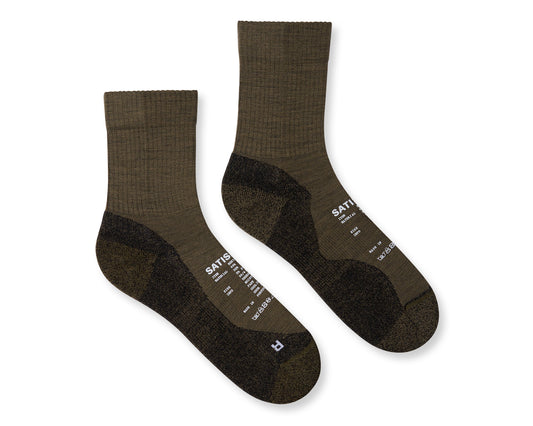
This is the corner of POSSESSED mag where we take a running myth and squeeze it between our fingers, hold it up to the light, and then give it a cautious sniff. We call it the Bullshit Report. This month: Tall runners are faster than short runners. Bullshit!
The guy that cuts my hair is a competitive cross-country runner, and he’s about 6’4”. His name is Matt. Matt was giving me a trim recently when I accused him of having an unfair advantage because he’s a lanky freak of nature. ‘No, man,’ he said, looking directly into my eyes through the mirror but still cutting my hair, ‘that’s a myth.’ And then he went on to tell me exactly why. I didn’t really listen to his explanation because I was too distracted by how much he was fucking my hair up. But when I got home, I put on a hat and Googled ‘Are tall runners faster?’, and he was right. Longer legs don’t automatically make you a faster runner. Here’s why.
Eliud Kipchoge: 5’4”.
Kílian Jornet: 5’6”.
Courtney Dauwalter: 5’3” ... Actually, that’s Courtney Cox (why are actors the size of traffic cones?)
What I’m getting at is that many of the world’s fastest people are not allowed to go to Six Flags by themselves. Eliud Kipchoge is shorter than my mother, and she shops at GapKids. So, if Eliud is that short, the assumption is he has a shorter stride than, say, me, editor-boy Jason. I’m a bee’s dick over 6-feet-tall, which leads me to think my legs are probably longer than Eliud’s (unless he has a backpack-sized torso like E.T. and really long legs), which means my stride length—the distance between my steps—is naturally longer than his, so I should be faster, which I very much am fucking not. So, what is it that makes a little dude like Eliud faster than everyone else? Two words: Ground Strike + Cadence.

To be fair, Eliud does have long-ass legs, but recent studies have shown that the force of foot strike and leg cycle play a bigger part in run speed than height. Stride length, of course, plays into it, but it’s the power of your foot strike and how quickly you can turn your legs over that really makes the difference. For Mr. Kipchogi, it’s foot strike, cadence, and stride that’s making him so fast (his stride length is 15% longer than he is tall), but the power of your foot strike is what truly makes the difference if you want to be a solid-gold speed demon. And here’s the good news: You can strengthen and improve your foot strike with weight training and the like (check out last month’s Highway to Health).
If you’ll allow me to cast your mind back to the May issue of POSSESSED, you’ll recall our cover boy was one Zach Miller (POSSESSED #53: Zach is POSSESSED). Now, Zach is not a huge dude. However, he does have super-strong legs that propel him faster than a set of long, skinny rat legs like yours ever would. No offense. ‘But wait a second, Jason, what about legs that are long AND strong? What then?’ Ah, yes, but that’s the rub, my friend—bigger people with bigger muscles tend to be bigger and heavier, which means they burn up a ton more fuel. So, someone like Zach, who is not very tall and consequently not very heavy, doesn’t have a lot to carry around. He’s lighter than someone a foot taller than him, so his relationship with gravity is not as intense. Yeah, it’s all relative—and pertains more to sprinting—but think about it. It’s your feet touching and pushing off the ground. It’s physics, bro. But don’t take my word for it—here’s what someone who went to University said:
‘Running reaction forces have physical and biological significance. The underlying principle that relates the force to the motion of a runner is Newton’s Law of Motion. The motion of the body behaves as a two-mass system when running. Mass #1 consists of a lower contacting limb. Mass #2 consists of the rest of the body. Impulsive force results from the vertical collision of the lower limb with the running surface. The magnitude and timing depend on the vertical acceleration of the ankle. Simultaneously, an impulsive force results from the vertical motion of the rest of the body; the magnitude and timing depend on the contact and aerial time. The forces add together to form the total vertical (I’m not making this up) reaction force.’
So, it’s foot strike and cadence, but mostly foot strike—and definitely not height—that makes for a faster runner. If you’d like to fight me on that, email here.

















